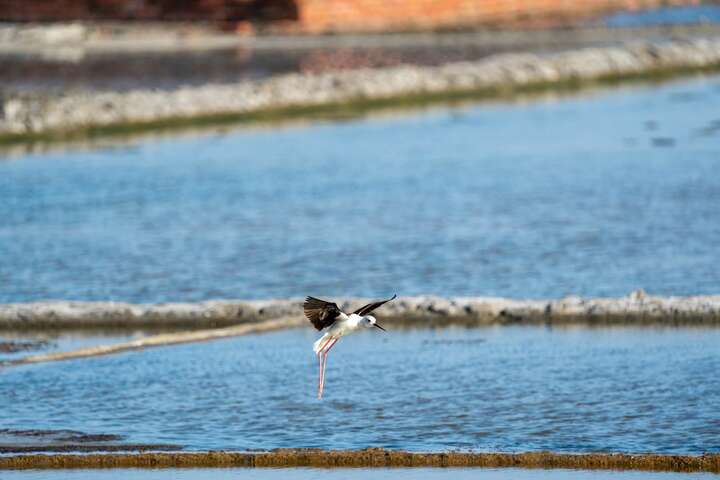Sicao Wildlife Reserve Introduction
Sihcao has a unique ecological environment and is listed as one of Taiwan's four major wetlands, which includes salt fields, waterways, canals, and ditches. The rich environment provides habitat and foraging grounds for water birds. There are over 160 species of birds here, of which 21 are endangered or rare species, such as the Black-faced Spoonbill, the Black-winged Stilt, and the Nordmann’s Greenshank. The most important feature of Sihcao is its wetland, which nurtures a highly unique ecosystem of flora and fauna, where organisms are interdependent. The true champions of this rich wetland landscape are the plants commonly known as mangroves, such as the Red Mangrove, the Avicennia marina, and the Sonneratia caseolaris. Their underground stems capture many organic materials in the flowing water, allowing the wetland to foster a vibrant ecological wonder. The best time to observe migratory birds is from September to November, especially in September and October when the salt fields are drained, providing more food during the shallow water period. The peak time for observing Black-faced Spoonbills begins around the Double Tenth Festival, while the peak breeding season for Black-winged Stilts occurs in May and June. Birdwatchers are reminded of a famous saying in Taiwan: "The closer you are to the birds, the further they fly away." Observing from a distance is often the best approach; respecting nature is essential for sustainable coexistence.




































